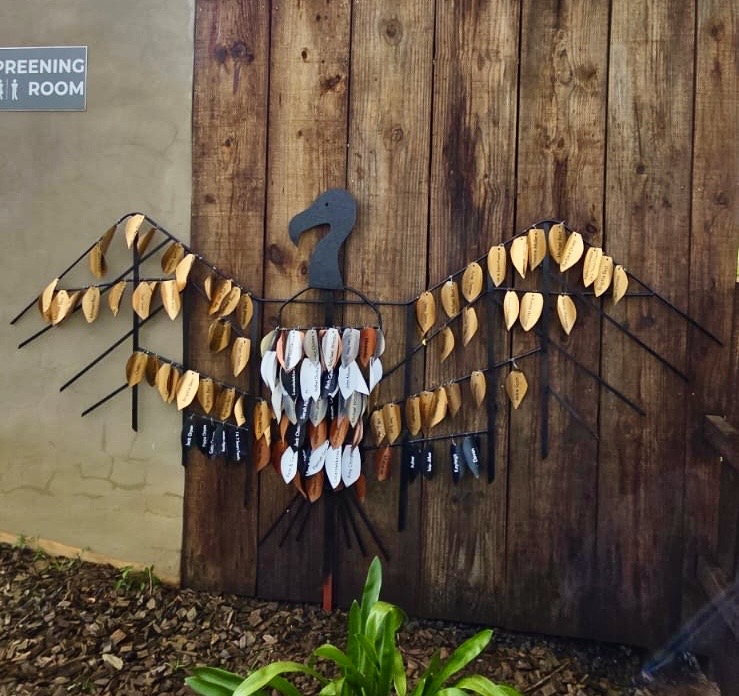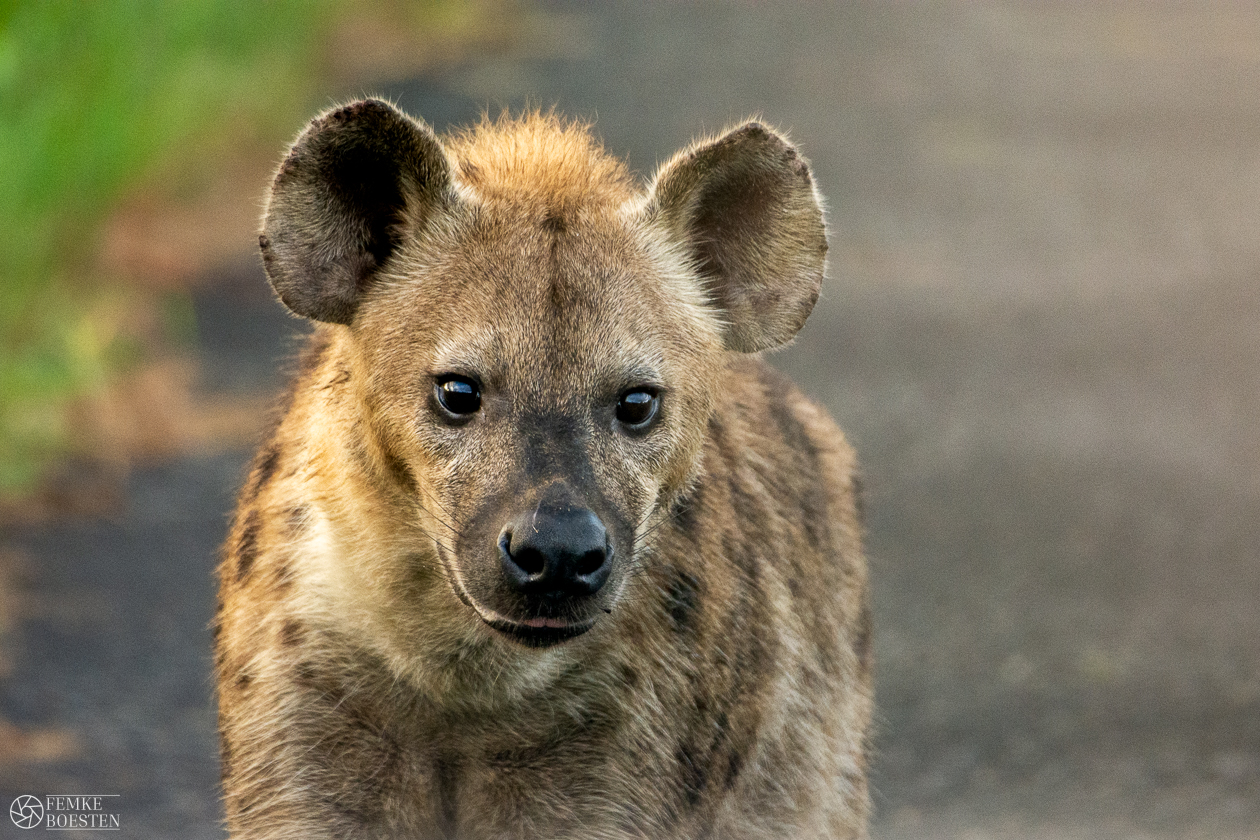The species Lycaon pictus goes by many common names, including African Wild Dog, African Hunting Dog, Cape Hunting Dog, Painted Hunting Dog, Painted Wolf and Painted Dog. African Wild Dog appears to be the most widely used. The genus Lycaon directly translated from Latin means "wolf" or "wolf-like", while the species name pictus means "decorated, embellished, painted or coloured", thus "Painted Wolf".Wild Dogs or Painted Wolves have something of a controversial reputation, having long been misunderstood and persecuted as livestock killers, vermin, and indiscriminate and brutal predators. As part of a widespread strategy to try to encourage empathy and support for this endangered species, we prefer to refer to them by the more descriptive and evocative name of Painted Wolf, although this is by no means an official name change.
The Painted Wolf is the second most endangered large carnivore in Africa. In South Africa, we have fewer than 550 roaming our wild spaces and only 39 distinct sub-populations left in Africa. Painted Wolves need massive areas to support themselves and for populations to be genetically diverse and sustainable.Population size is continuing to decline as a result of ongoing habitat fragmentation, conflict with livestock and game farmers, accidental killings by snares and road accidents, and infectious disease. Given uncertainty surrounding population estimates, and the tendency of population fluctuations of Painted Wolves, the largest sub-populations might well number <250 mature individuals, thereby warranting the listing of the Painted Wolf as Endangered under criterion C2a(i).(IUCN)


Wildlife ACT conducts intensive Endangered Species Monitoring work in Zululand, South Africa and volunteers are an integral part of the exciting conservation work that we do. Wildlife monitoring is essential for keeping track of animal movement patterns, habitat utilisation, population demographics, snaring and poaching incidents and breakouts. This valuable information, which Wildlife ACT and our volunteers gather, has numerous management applications, including the planning of successful introduction and removal strategies of priority wildlife species.




.jpg)


.jpg)




